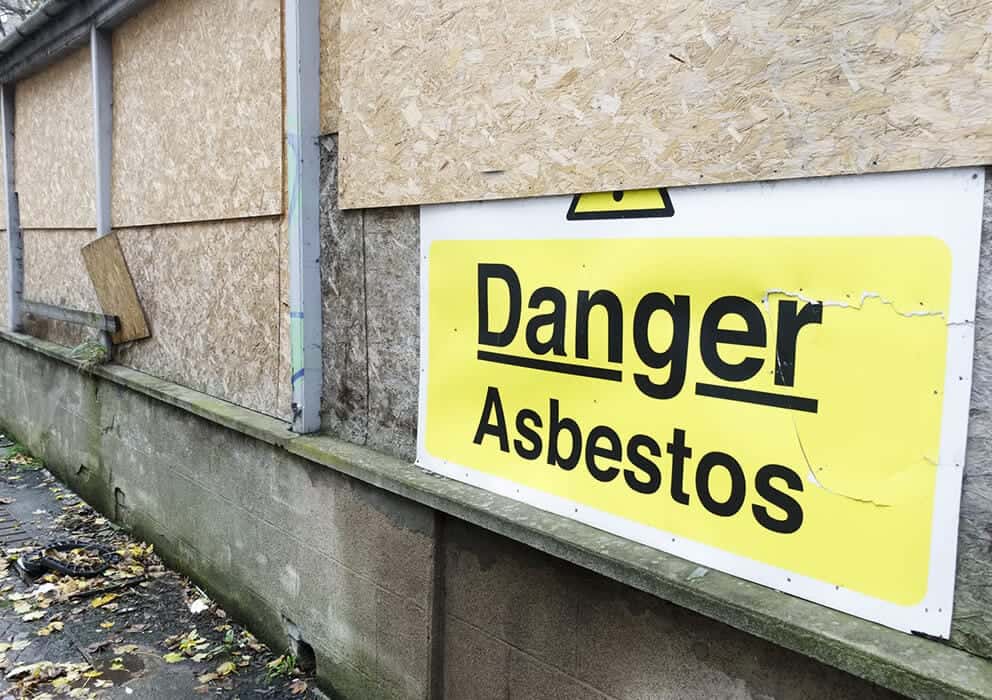
That’s exactly why the Government is encouraging building owners to have it dealt with properly. To make that offer more appealing, they’re allowing companies to offset the cost of removal with a tax relief scheme.
Read on as we discuss the importance of asbestos removal and how the tax relief scheme works.
Despite the clear health implications, removing asbestos from a building can still be a costly procedure for any company. That’s where the Land Remediation Relief scheme can help. It offers relief from corporation tax for any remediation work on a building in a contaminated state.
In short, you can deduct 150% of the cost of your work from your company’s taxable profits. This allows you to offset a significant amount of the cost for that work by getting it back in tax savings.
The scheme applies to contamination that’s a result of industrial activity which
Given the above criteria, asbestos removal is an eligible procedure for the Land Remediation Relief scheme. However, it’s important that this asbestos is removed or eliminated properly – to prevent fibres being released as well as keeping work eligible for tax relief.
One way of doing so is by actually removing the asbestos. With asbestos most dangerous when it’s disturbed, this is a highly complex and hazardous process. Specialist workers will have to be fully protected throughout, which results in higher costs for the building owner.
An alternative is to encase the asbestos with an effective, long-lasting coating. Again, because of the sensitive nature of the material, the asbestos needs to be cleaned by a specialist company or coated with a purpose-made foam for structural reasons, before being encapsulated.
While it’s equally complex, this method is typically more cost-effective and prevents asbestos fibres being released into the air, which could possibly cause harm in the days and weeks following removal.
Corksol’s innovative cork-based coating provides an effective way to encapsulate asbestos, with an average lifespan of 200 years. We’ve helped a number of companies remediate their buildings and take advantage of the tax relief scheme, and we’re ready to help you.
We have a number of approved applicators who can assist with asbestos removal across the UK. That includes a partner company that specialises in asbestos cleaning before our cork-based coating is applied.
To get started, find your nearest contractor online or get in touch with us for more information.
"*" indicates required fields